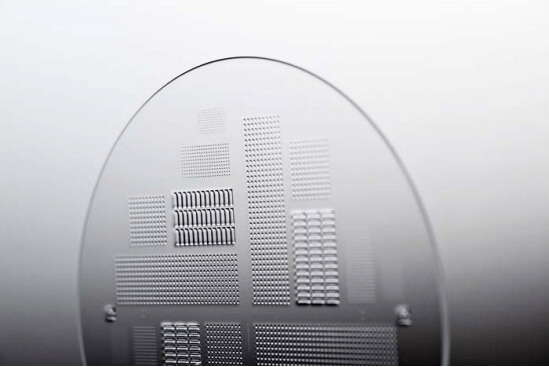A 3D conference (or 2.5D workshop) wouldn’t be a 3D conference (or 2.5D workshop) without someone announcing the push-out of the technology introduction another year or two. This is precisely what Phil ‘the Guru’ Garrou did with his market analysis talk at this year’s Global Interposer Technology Workshop (GIT 2013), which I attended last week at Georgia Tech University. Garrou listed by name several companies that don’t seem to be introducing the 3D or 2.5D as soon as previously anticipated. I don’t know if it’s an indicator of importance, but every year the list of identified companies pushing out the technology introduction time-line gets longer. This at least means that we’re better able to identify the applications and markets for ‘>2D’ than we could a few years ago. Things seem more concrete – if that’s of comfort to anyone? Phil also listed the top ten 2.5D applications in his talk, and a point not to be ignored is that all of the top ten applications require high interconnect density interposers, i.e. silicon. And yet, silicon technology has way to go before it becomes cost compatible.
The GIT 2013 workshop was represented by the usual interposer camps; the organic camp, the glass camp and perhaps to a lesser extent the silicon camp (disclaimer: where my tent is pitched).
The glass manufacturers were more or less unanimous in declaring that they are ready (and have been for a while) and willing to supply glass of any thickness on any format (wafer or panel) with holes. However, it doesn’t feel like glass is ready. Not to trivialize the achievement of patterning smooth holes in a perfect glass, the through glass vias (TGVs) nevertheless requires metallization. It’s unclear who is supposed to metallize the glass substrates.
During the panel discussion, an eager-to-ship glass guy challenged David McCann of GLOBALFOUNDRIES to simply give him the shipping address (and presumably a PO!). David, an experienced panelist, gracefully deflected the question. But perhaps I imagined the “why-are-you-asking-me?” glaze in his eye, “I’m a silicon foundry guy”. My point being, neither the glass people nor the Si people see it as their job to metallize glass. And from what I saw at the workshop, glass metallization TGVs and redistribution layers (RDLs) is not a trivial occupation. It seems there’s a still opportunity to be had in the supply chain.
The organic guys continue to show scaling progress. In the wrap-up discussion it was generally agreed that line/space dimensions of 5µm/5µm was achievable, but I was impressed to see developments as low as 2µm/2µm. Organic interposers have the advantage of being part of an established supply chain. Their roadmap is one of incremental improvement. As a result, it felt like they had more ‘marketable (?)’ results to show than the glass and Si guys. However, I couldn’t help but remind myself of Phil’s analysis; that the top ten interposer applications require high density interconnects, and while the organic embedded lines are getting thinner, the vertical interconnects remain relatively coarse in pitch. It’s possible that cost realities will tone down the market demand for high density interconnects, in which case the organic guys may be the winners – assuming indeed that organic interposers are a low cost technology, and assuming ‘less-coarse’ pitch is a viable market replacement for fine pitch?
As for silicon, it has to be said that Yann Lamy of Leti was the star of the show (ahem,… surely I don’t have a biased bone in my body – is a second disclaimer really required?). Yann discussed some examples of niche market applications for coarse pitch Si interposers (medical, avionics and high energy particle detection). However, he did point out that cost was an issue and that Si interposer technology, coarse or fine pitch, was still the Ugly Duckling waiting to blossom into a beautiful swan. Beauty being in the eye of the beholder, I would interpret this as meaning a beautiful profitable venture.
All in all, no one has yet produced the killer solution. But interesting work is ongoing in all camps. Whatever the killer solution will be, it will have to be low cost. It was the one loud and clear, unanimously agreed message of the workshop. But whether its cost or performance, all 3 camps have a some remaining work to do.
All in all it was a very worthwhile event. I raise (yet another!) glass to Rao Tummala and Karen May for their excellent initiative and organization. I should also comment on the quality of the posters. It was a real pleasure to see the genuine enthusiasm, motivation, and quality of work amongst the GT students. I look forward to GIT2014.


















